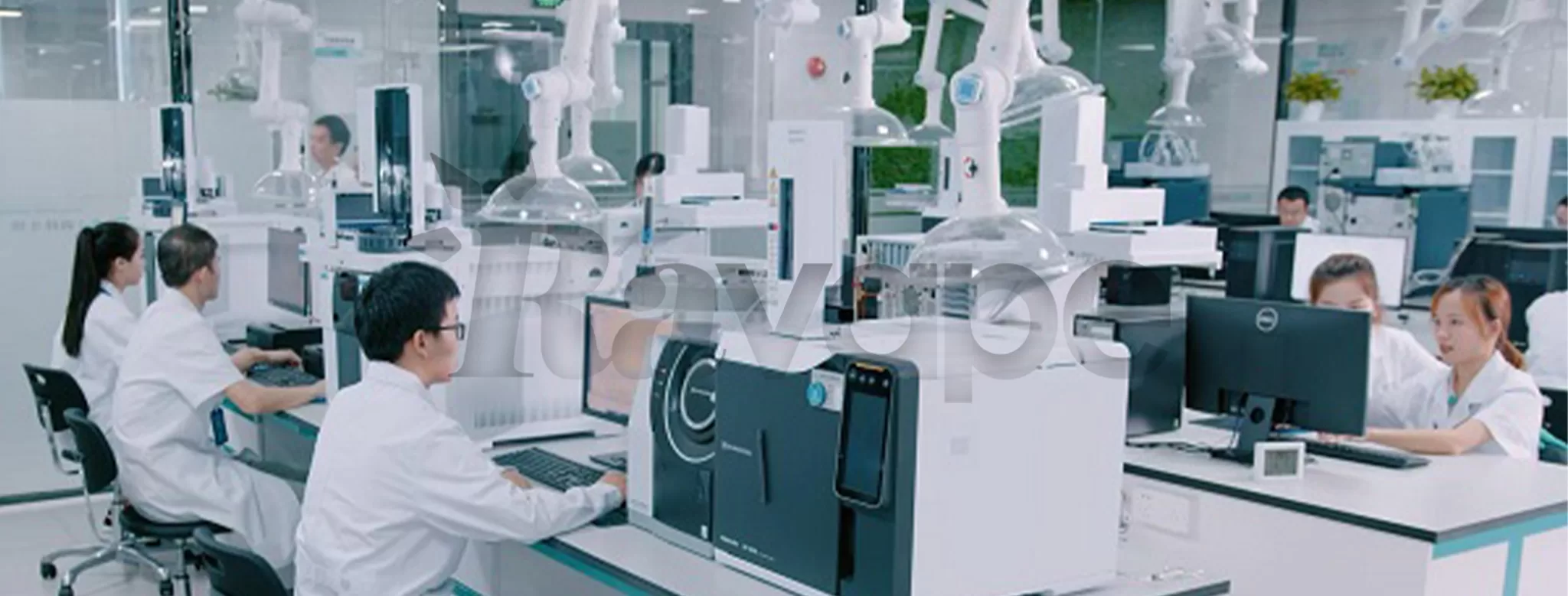Shenzhen Vape|The Evolution of vapes in China
The development history of vapes can be regarded as the chronicle of vape product advancement in Shenzhen, China. Shenzhen dominates 70% of the vape industry in China, with a staggering 95% of products being manufactured within Shajing Street, Bao’an District.
The evolution of the vape industry has undergone four distinct stages: an initial developmental phase spanning from 2003 to 2008, followed by a period characterized by rapid expansion between 2009 and 2018.
Since 2019, the industry has entered a phase marked by restructuring.
In 2003, Hon Lik invented the first nicotine-based vape product, and he is widely regarded as the inventor of the first-generation vape.
In 2004, Hon Lik quantified the production and sales volume of the device for the first time globally, and the Golden Dragon Holdings company was renamed Ruyan Technology.
In 2005, Ruyan Technology’s vape products started to be exported overseas, and in 2007, they obtained their first international patent.
During the period from 2008 to 2010, there was a ban imposed by the FDA, which resulted in a shortage of orders from the United States, affecting many contract manufacturers in Shenzhen. However, vape orders from Japan and South Korea saved the Shenzhen vape contract manufacturing industry from collapsing.
Overall, the development of vapes can be closely tied to the growth and advancements in the vape industry in Shenzhen, particularly in the Shajing Street of Bao’an District.
In recent years, the vape industry has faced increased regulation, leading to the necessity of building brands to survive. Last December, Xu Hanxin registered a company and launched his own brand, MAT. Their disposable vape product, MAT mini, specifically targets the lower-tier market and is being distributed in small restaurants in third- and fourth-tier cities. The product has gained significant popularity, with agents having to wait at least a week to receive their orders.
The golden period for Shenzhen’s vape industry was in 2012. According to a local manufacturer, “2012 and 2013 were the peak years of vape development, and many domestic manufacturers entered the industry after that.” During its peak, Shenzhen produced nearly 90% of the global vape market, and Chinese vape brands held over 65% of the global market share.
In 2014, Li Bo arrived in Bao’an and opened a factory called Kleipeng. Their vape products experienced annual growth rates of 100% on e-commerce platforms.
In 2017, Michael’s team launched a test product called MT in China. It was a rechargeable vape with replaceable cartridges. This product was based on a similar product he had previously introduced in the United States, and the purpose of the test launch was to continuously adjust the product to suit the preferences and habits of Chinese users.
In recent years, due to the lack of regulation, the vape industry has developed in an unregulated manner. Some products have issues such as unclear nicotine content, undisclosed additives, and e-liquid leakage. In particular, some operators have engaged in misleading advertising, targeting underage consumers and endangering their physical and mental health. Since November 2021, there has been intensive policy regulation in the vape industry.
On October 1, 2022, the “Mandatory National Standard for vapes” is set to be implemented.
In 2023, Australian Health Minister Mark Butler announced plans to introduce stricter laws and regulations to combat cigarettes and vapes, with the aim of reducing the national smoking rate to 5% by 2030.
According to Ta Kung Pao, the term of the Hong Kong Special Administrative Region government’s tobacco control consultation ended on September 30. Eleven principals’ associations and school councils expressed their support for the government’s comprehensive strengthening of tobacco control, including enhancing student education on the harms of smoking, expanding designated smoke-free areas, and banning “smoking while walking,” all aimed at protecting the health of the next generation.
On September 26, the World Health Organization issued two publications, “Tobacco-Free and Nicotine-Free Schools: A Guide” and “Nicotine and Tobacco-Free School Toolkit,” aimed at protecting the health of children and adolescents.
With the strengthening of these regulatory trends, the international vape market will be affected, and Chinese vape products from Shenzhen will need to make adjustments. This may include producing products that comply with standards and regulations, offering healthier vape options, and adopting design styles that are not appealing to young people.




-qwpax3rd2nto0i9lm3wb0nde9r42qenn9so2lk7sb4.png)